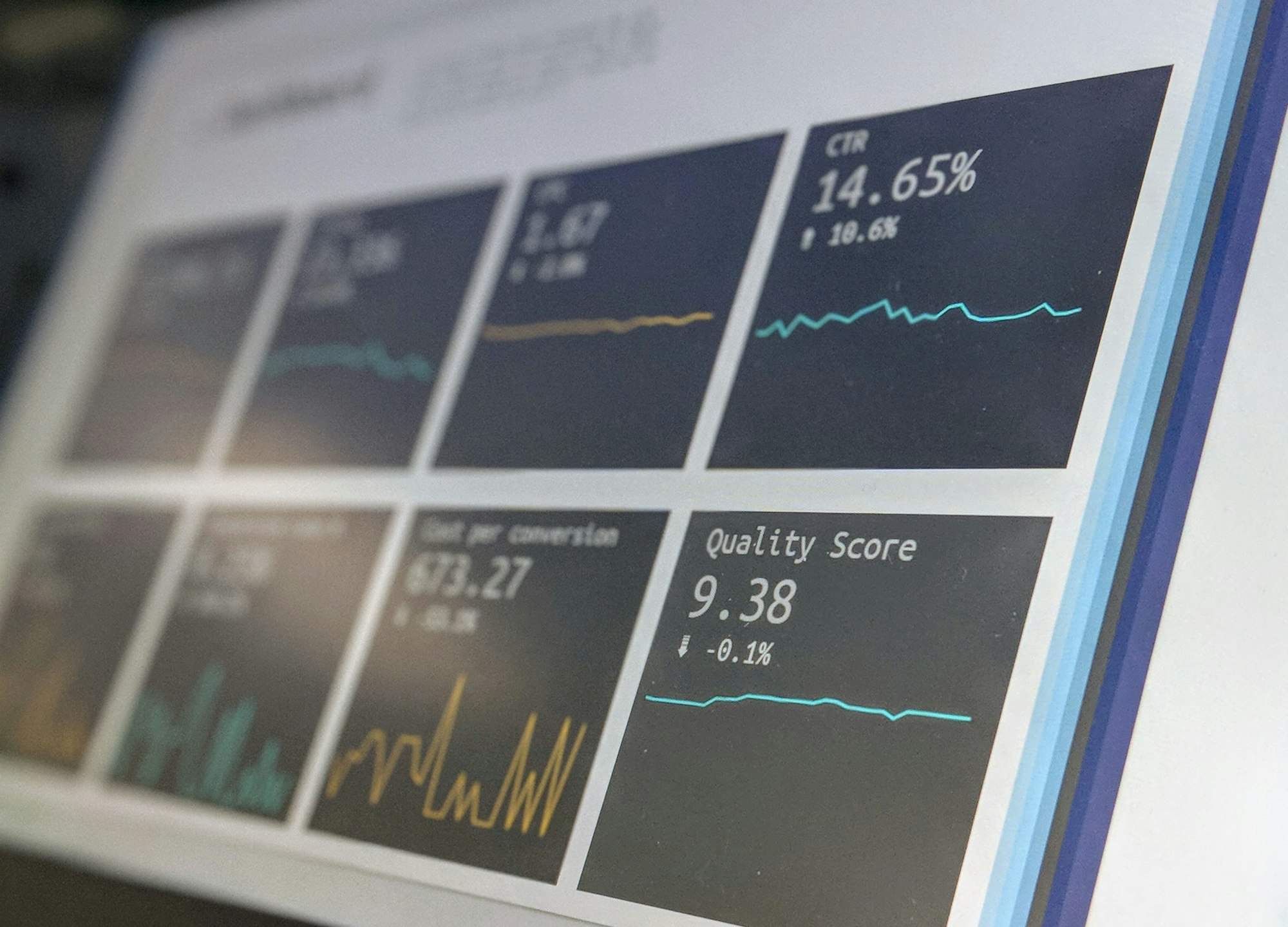The Challenges of Open-Source Healthcare Tools: A Lack of Reliability, Updates, and Maintenance
Table of Content
Open-source healthcare solutions promise cost reduction and customization, potentially revolutionizing the industry. However, users of tools like EMR, PACS, Radiology, and LIMS face challenges finding reliable, updated solutions. Many open-source healthcare tools are outdated or abandoned, lacking frequent updates.
This situation frustrates users seeking well-maintained options, hindering the full realization of open-source potential in healthcare. The industry needs renewed focus on sustainability and ongoing development to overcome these obstacles.
Critical Issues Impeding Open-Source Progress in Healthcare
1- Difficulty Finding Reliable Solutions
One of the most pressing issues for healthcare professionals seeking open-source tools is the lack of reliable, industry-ready solutions. Open-source healthcare software, especially in critical areas such as EMR (Electronic Medical Records), PACS (Picture Archiving and Communication Systems), and LIMS (Laboratory Information Management Systems), often falls short of meeting the rigorous standards required by hospitals and clinics. This deficiency stems from several factors that plague the open-source healthcare ecosystem.
Firstly, many open-source projects lack the consistent development and maintenance necessary to keep pace with rapidly evolving healthcare technologies and regulations. Unlike proprietary solutions backed by dedicated teams and substantial resources, open-source projects often rely on volunteer contributors who may not have the time or expertise to ensure regular updates and improvements.
Secondly, the complex nature of healthcare systems demands a high level of reliability, security, and compliance with stringent regulations such as HIPAA or GDPR. Open-source solutions frequently struggle to meet these requirements due to limited resources for comprehensive testing, security audits, and compliance checks.

This gap in reliability can make healthcare institutions hesitant to adopt open-source tools, despite their potential benefits in terms of cost-saving and customization.
Moreover, the fragmented nature of the open-source healthcare landscape often results in a lack of standardization and interoperability.
Different projects may use varying data formats, protocols, and APIs, making it challenging to integrate multiple open-source tools into a cohesive healthcare IT ecosystem.
This fragmentation can lead to inefficiencies and potential errors in data exchange, further diminishing the appeal of open-source solutions for healthcare providers.
2- Abandoned or Unmaintained Projects:
Many once-promising open-source projects in healthcare have been left unmaintained or completely abandoned, creating a significant gap in the industry.
As healthcare technologies rapidly evolve, software must continually adapt to new standards, security requirements, and compliance frameworks such as HIPAA or GDPR.
This constant evolution demands ongoing development and updates to ensure the software remains relevant and secure.Unfortunately, many open-source healthcare projects do not receive the consistent updates needed to stay current with these changing requirements.
This lack of maintenance leaves users with outdated and potentially insecure systems, exposing healthcare providers to risks and limiting the effectiveness of these tools in modern healthcare settings.
The consequences of this neglect can be far-reaching, affecting patient care, data security, and operational efficiency in healthcare facilities relying on these abandoned solutions.
3- Lack of New Developments:
The healthcare open-source ecosystem is experiencing a significant slowdown in the development of new applications. Critical solutions such as EMR (Electronic Medical Records), PACS (Picture Archiving and Communication Systems), and DICOM apps (for handling medical imaging) are becoming increasingly scarce.
This scarcity is particularly concerning given the rapid advancements in medical technology and the evolving needs of healthcare providers.The demand for new, innovative solutions tailored to modern healthcare workflows remains largely unmet.
This gap is especially problematic in areas like telemedicine, AI-assisted diagnostics, and integrated care platforms, where open-source alternatives could provide significant benefits.
Moreover, even existing open-source solutions are falling behind due to the lack of consistent developer involvement and funding, potentially compromising their reliability and security in critical healthcare environments.

Consequences of Abandonment
The abandonment of open-source healthcare projects leads to several critical consequences:
1- Security Vulnerabilities:
Unmaintained projects become security risks, potentially exposing sensitive patient data to breaches due to lack of updates.
2- Compliance Issues:
Outdated software may fail to meet regulatory standards like HIPAA or GDPR, creating legal and operational risks for healthcare providers. This non-compliance can result in hefty fines, legal actions, and damage to reputation, potentially compromising patient trust and the overall quality of care delivered.
3- Operational Inefficiency:
Healthcare providers using outdated software face numerous challenges, including slow performance, user frustration, and integration difficulties with newer technologies. This inefficiency can significantly impact workflow, reduce the quality of care, and ultimately affect patient outcomes.
Moreover, it can lead to increased costs as healthcare providers struggle to maintain or replace these outdated systems, diverting resources from other critical areas of patient care.

Solutions and the Path Forward
1- Increased Community Involvement:
One effective approach to enhance the reliability of open-source healthcare tools is through community involvement.
A vibrant, engaged user base can offer support, contribute code, and share best practices, keeping projects thriving. Successful open-source ecosystems like Linux demonstrate how strong community support is crucial for maintaining and advancing projects over time.
The healthcare industry could greatly benefit from adopting similar models, with hospitals, clinics, and independent developers collaborating and pooling resources to ensure critical projects remain well-maintained and up-to-date.
2- University Collaboration
Universities and academic institutions play a crucial role in supporting open-source healthcare software. They provide valuable research, development, and testing environments for these tools. For instance: Moreover, collaborations between universities and healthcare institutions help create open-source tools that address the genuine needs of clinicians and administrators.
- Research initiatives at universities can focus on enhancing the core technology of existing open-source projects.
- Student contributions can breathe new life into stagnating projects, offering fresh perspectives, features, and updates.
- Academic partnerships with hospitals ensure the software undergoes real-world testing in clinical settings.
3- Encouraging Long-Term Funding:
Open-source projects often lack stable funding compared to proprietary solutions. Sustainable funding models like grants, donations, and government support are crucial for ongoing development and maintenance. Government funding could create scalable, open-source alternatives for healthcare institutions.
4- Creating an Open-Source Healthcare Consortium:
A global open-source healthcare consortium that brings together developers, healthcare providers, and industry professionals can ensure the ongoing development and support of critical healthcare software.
By establishing this consortium, stakeholders can collaborate on features, security, and compliance standards, ensuring that open-source solutions stay updated and secure.
The Role of Universities and Communities
1- Universities:
- Develop new projects: Universities can spearhead innovative open-source projects based on their healthcare research, fostering advancements in EMR, PACS, and LIMS systems.
- Provide testing grounds: Academic hospitals and research institutions offer real-world environments to test open-source projects, enhancing their functionality and reliability.
- Train future contributors: By offering courses in healthcare software development, universities can ensure a steady influx of skilled contributors to open-source healthcare projects.
2- Open-Source Communities:
- Crowdsourced development: Increasing the contributor base ensures continuous project improvement, with regular bug fixes and feature additions.
- Global collaboration: Healthcare open-source projects should engage a worldwide network of developers, practitioners, and IT professionals to share expertise and adapt software for diverse regions.
- Active governance: Sustainable open-source projects require clear roadmaps, leadership structures, and comprehensive documentation to attract and retain contributors.
Examples of Open-source Medical and Healthcare Solutions
- OpenEMR: A well-known open-source EMR system with an outdated interface. Many healthcare professionals express concerns about its lack of regular updates and evolving features.
- OpenHospital: Though still functional, it has been slow to adapt to new healthcare requirements and practices, reducing its appeal to modern institutions.
- GNU Health: Despite being widely respected, this tool struggles to keep pace with necessary updates for compliance and user interface improvements.
- Dicoogle: A DICOM server for PACS that lacks frequent updates to meet evolving radiology department standards.
- LIMS (Laboratory Information Management Systems): Projects such as Bika LIMS and OpenLIMS have stagnated. The industry lacks newer alternatives, forcing labs to consider costly proprietary options due to a lack of meaningful updates in open-source solutions.
Final Note
Open-source healthcare tools offer tremendous potential, yet their promise is often undermined by abandonment, inconsistent updates, and unreliability. Platforms such as OpenEMR, GNU Health, and numerous LIMS projects urgently need revitalization.
By fostering community engagement, university partnerships, and stable funding, we can transform the healthcare open-source ecosystem into a sustainable, dependable force that caters to the needs of hospitals, clinics, and laboratories worldwide. With proper nurturing, open-source software can become a game-changing tool for healthcare professionals, enhancing patient care while cutting operational expenses.











